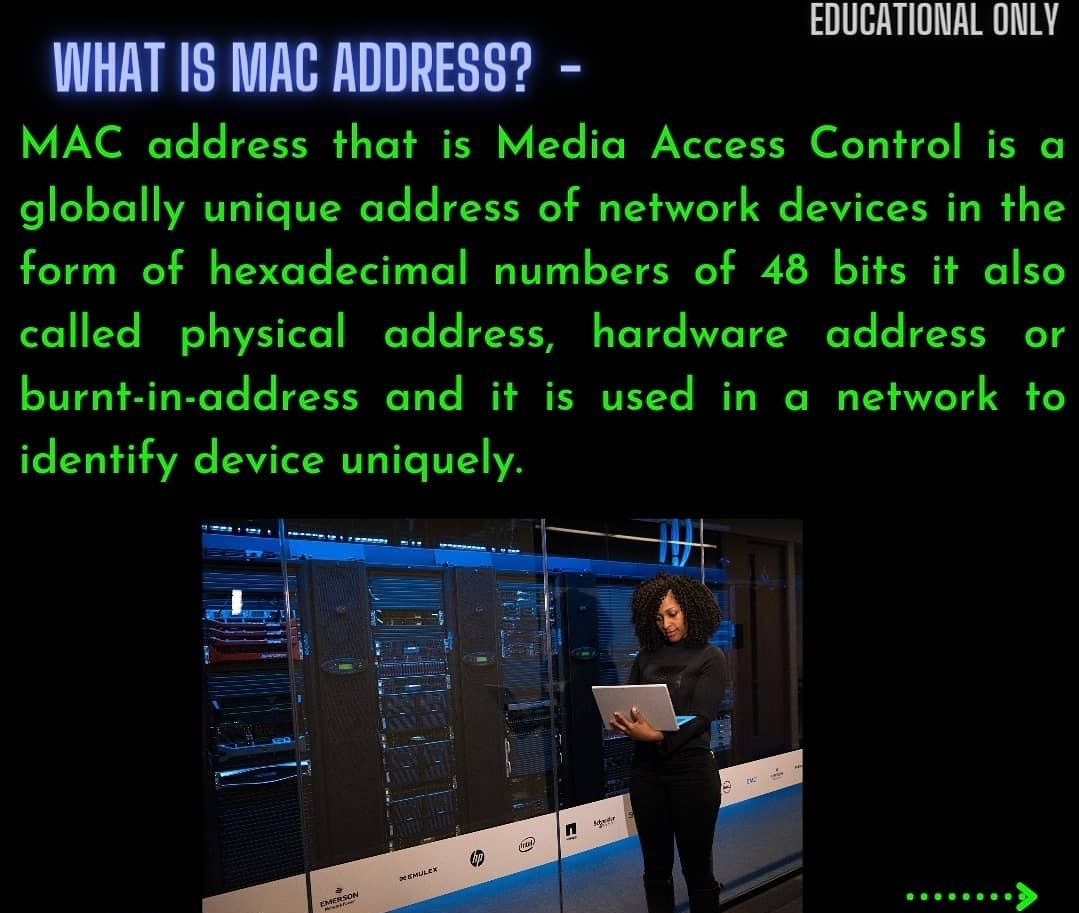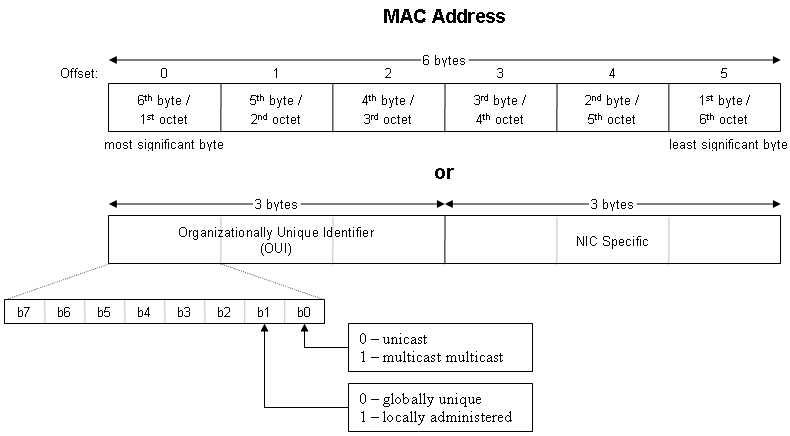

It will always show in this form 00:07:Y7:1C:6L:03.Īlso Read: 25 Useful Linux SS Command Examples to Monitor Network Connections Method 1: How to find MAC Address in Linux Using ifconfig command It is almost used in all the Network Devices which has network controller in it. It is a unique 48 bit(6-byte) address assigned to a Network Interface. MAC is abbreviated as Media Access Control. This is typically in-line with IEEE 802 Network technologies. You can find the usage of MAC address in wide range of Network Devices currently in use. You might be aware of Ethernet Card/Network Card/NIC Controller which works at Network level and is responsible for communicating with other network devices in a Network Topology. **: Again, this assumes you're not using an IP version that leaks MAC address information.In this article, I will take you through different ways to List/Get/Display/Find MAC Address in Linux. IPv6 allows (but doesn't require) computers to use MAC addresses in certain ways, and some implementations do this, but it has caused a lot of controversy. *: IPv4 doesn't use MAC addresses, and if you're not sure what IP version you're using, it is probably IPv4. So yes, your router can see your MAC address, but no one else can. It cannot see the MAC addresses of anyone who is not directly connected to it in this way, because that information gets lost in the network layer.** The same is true of other machines.

The reason that your router knows your MAC address is that you are directly connected to it, using the link layer (it can also see you in the network layer, which is how it's presenting its interface to you, but that doesn't matter here). Your MAC address is only visible to the very first link in the chain -the one between your computer and the router- and it legitimately needs that, because that's how it tells data from your computer apart from data from other computers connected to it.

This is where IP lives, and it doesn't use MAC addresses.* Data still has to be passed between machines that are directly connected to each other, but even if this is done using only protocols that use MAC addresses, it uses the MAC addresses of the two machines that are passing information between them at the moment, not the MAC address that started it all. The network layer defines how to get a signal across two computers that are NOT directly connected, using computers that ARE directly connected in some way. There are other link-layer protocols too, but I won't get into them here. PPP, which is often used by modems, is another example of a link-layer protocol, but it does not use MAC addresses. Ethernet is one example, and so is is the 802.11 family of wireless protocols I list these because they use MAC addresses. The link layer defines how to get a signal across two computers that are directly connected in some way. Depending on who you ask, these layers have different numbers, so I'm going to use the names instead.

The exact definitions of each part of the stack differ somewhat from person to person, but the two we're concerned about here are fairly well-defined: the link layer and the network layer.
#Javascript get mac address series
The Internet is not just one protocol, but a series of protocols that stack up on top of each other.


 0 kommentar(er)
0 kommentar(er)
